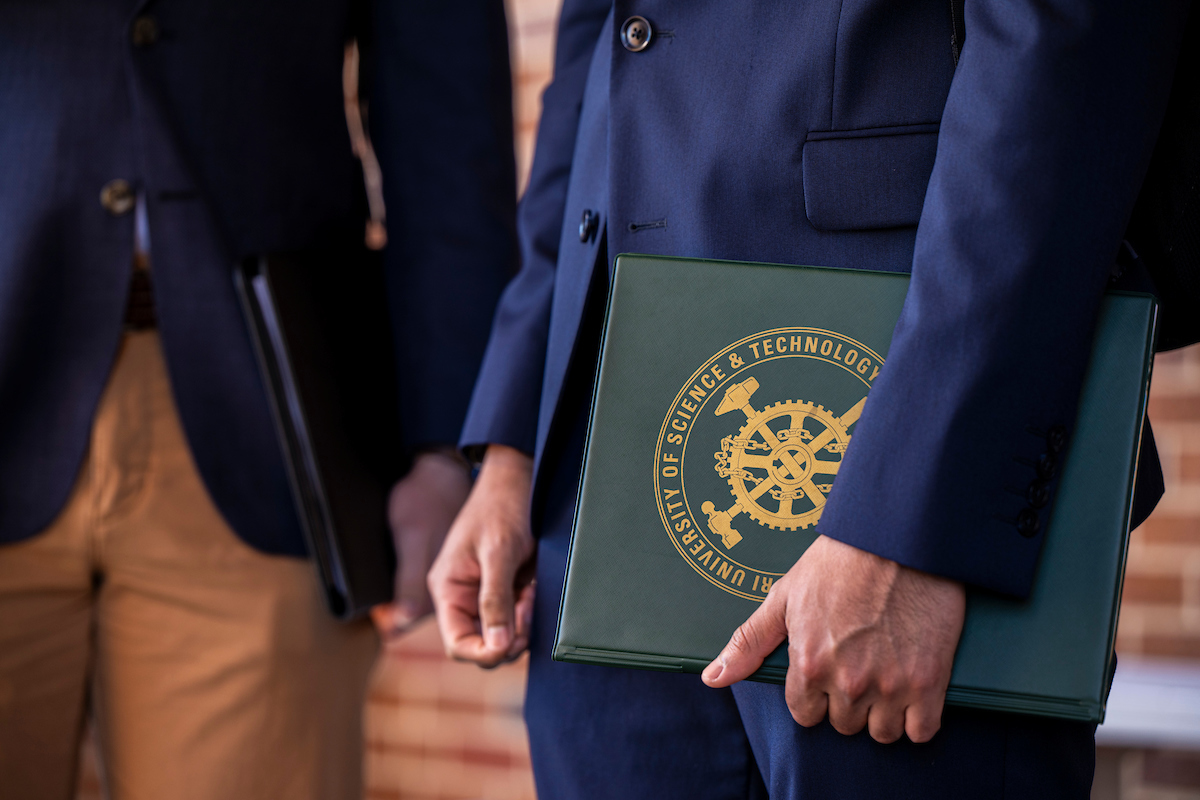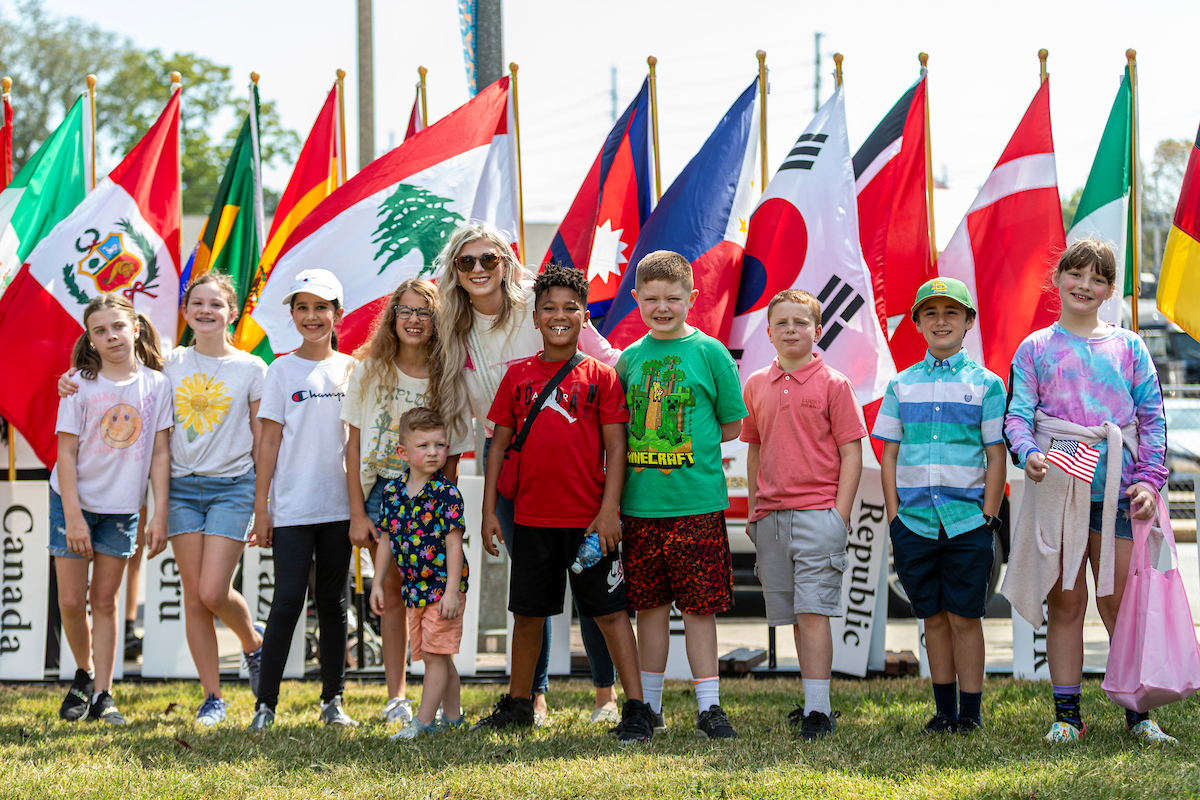Substances known as “forever chemicals” are widely used, long-lasting chemicals that break down very slowly over time, such as Teflon. The technical name of forever chemicals is perfluoroalkyl and polyfluoroalkyl substances (PFAS) and they are found in water, air, fish and soil at locations around the world. Despite their prevalence, the extent of their impact on the environment is still not fully known.
Margaret Taiwo, a Ph.D. student in chemistry at Missouri S&T, is examining local fish populations at a state park in southern Illinois to see how persistent these chemicals are and how widespread they are found away from human populations.
“Fresh water environments and their inhabitants are obviously very important,” says Taiwo. “PFAS are a threat because they are difficult to remediate and are so persistent. They move through water runoffs and discharge into freshwater locations, but the polluting source could be anything from our cooking to our clothing.”
Taiwo says there are quite a few regulatory gaps for how PFAS are regulated by government agencies, and she hopes that her research’s findings can help set limits and keep people’s food sources safer.
“I examine how these ‘forever chemicals’ collect in various tissues and muscles of common carp and catfish,” says Taiwo. “I hope to find accumulation patterns that can help us answer the question of ‘what should we be eating and how can we be mindful of what fish are safer to consume?’”
She says that there are challenges to figuring out how these chemicals enter fish kidneys and liver, as PFAS are found almost everywhere. Taiwo says even the equipment in her laboratory needs to be frequently changed and she has to be careful to limit external contamination. There are thousands of PFAS chemicals and they are found in many different consumer, commercial and industrial products.
Her research is supported by the 2025 American Association of Petroleum Geologists (AAPG) Foundation Grants-in-Aid Program. Her $3,000 grant is thanks to the Bernold M. “Bruno” Hanson Memorial Environmental Grant through AAPG.
As an undergraduate student in Nigeria, Taiwo interned at an environmental agency. She liked the research aspects of that job so much that it inspired her to pursue a Ph.D.
“I want to contribute to impacting the environment in a positive way,” says Taiwo. “My dream job would be working for a research agency to help keep the environment safe for all of us.”
Taiwo also recently earned an American Chemical Society Younger Chemist Travel Grant in March to travel to the society’s conference and participate in a poster presentation session. She is now getting used to traveling, after her first trip abroad from Nigeria was to come to Rolla to join Missouri S&T.
“The first time I left home was daunting, but I have found I love the serenity and calmness of Rolla,” says Taiwo. “I also love teaching – meeting with the different students and planning and learning with them has been so much fun.”







